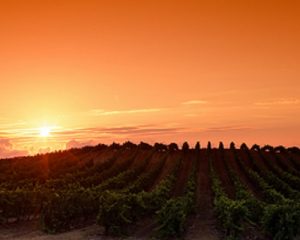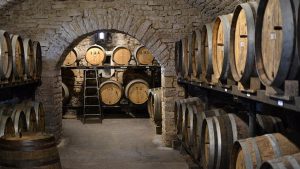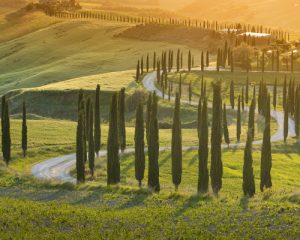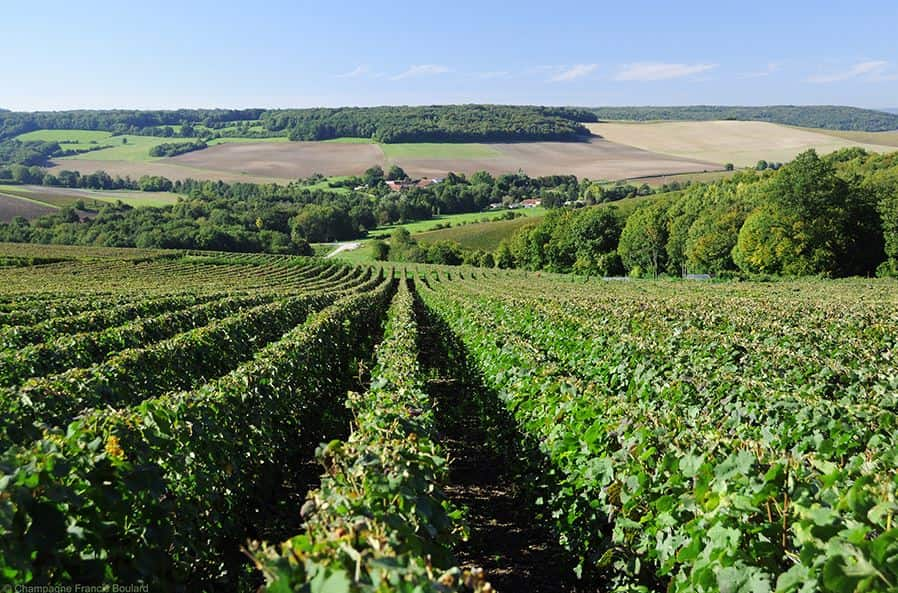
Francis Boulard and his daughter Delphine come from a family of winegrowers and makers that goes back at least six generations… The family can in fact be traced back to the French Revolution in 1792!
Francis Boulard’s first contact with vines is thanks to his grandfather, Julien Boulard: at 14 years of age, young Francis was allowed to hold the plough handles behind Bijou, their Ardennes draught horse. His grandfather had in fact been one of the few to resist against the galloping mechanization of the post-war period: he still used horses to plough his two hectares of vines.
Julien Boulard sold his still wines to champagne houses. His son, Raymond Boulard, decided to have a go at vinifications and bottling himself in 1952. In the 1970s, young Francis joined the Boulard Frères business; he was entrusted with vinifications in 1975.

The champagne house Raymond Boulard & Fils was created in 1980. After the death of their father, Raymond Boulard’s three children continued working for the family domain. Francis Boulard, at the time in charge of vinifications, became more and more interested in viticulture. Hoping to convert to the most natural viticulture possible, he began working organically, and the domain obtained certification in the 2000s.
In 2009, Raymond Boulard’s three children decided to pursue their own separate professional careers, meaning that the Raymond Boulard champagne house no longer exists. Francis Boulard, his daughter Jeanne and his daughter Delphine thus found their own champagne house: Francis Boulard & Fille.
The domain’s vineyard is located in Cormicy, to the north-east of Reims, in the Massif de Saint-Thierry known as the “Petite Montagne de Reims”, on terroirs of siliceous limestone. The domain’s vines are also situated in Paradis (a hamlet in the Marne valley), Cuchery, Cauroy-lès-Hermonville and Mailly-Champagne, a village classed as a Montagne de Reims Grand Cru. The vines are for the most part north-east facing.
The domain obtained biodynamic certification in 2004 (Ecocert). The lunar calendar guides the produces in knowing the best moment to intervene in the vineyard. For Francis Boulard, it reminds him of his grandfather, who would often speak to him about the moon’s influence on crops and agriculture. At the time when his grandfather and great-grandfather worked in the vineyard, their methods of viticulture were as natural as possible and influenced by the changing of the seasons.
The vines are ploughed four to six times a year, in Autumn after harvests, in Spring and up until July. These light ploughs allow Francis Boulard and his team to keep a check on the grass growing in between the rows. The grass promotes soil life and prevents soil erosion. To fight against disease in the vineyard, the vines are protected by sulfur, Bordeaux mixture and biodynamic treatments made from horsetail, wicker, willow, nettles, valerian and silica.
Francis Boulard’s champagnes will introduce you to the world of natural, floral, delicate champagnes.
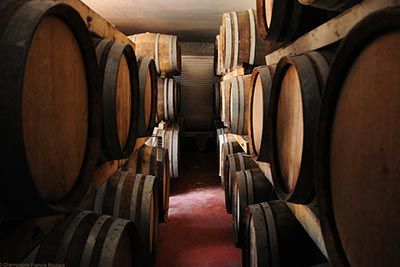
Wines from Francis Boulard currently for sale
Blanc de Blancs Vieilles Vignes Extra Brut
Produced solely using Chardonnay, this cuvée has wonderful finesse and freshness. The absence of dosage (no sugar is added) reveals sumptuous aromas of white flowers and citrus fruits. On the palate, this cuvée is well-rounded, supple and refined, with a fresh, mineral finish.
The Les Rachais cuvée delivers aromas of ripe white fruit, citrus and dried fruit, combined with honeyed notes. The mouthfeel is full, with a long finish.
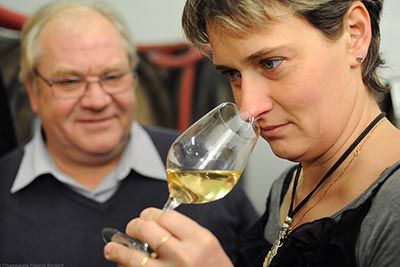
What the guides say about Domain Francis Boulard & Fille
La Revue du vin de France
“These unforgettable champagnes are produced from an organic vineyard with a majority of Pinot in the Massif de Saint, in the Vesle valley.”
Bettane & Desseauve
“Francis Boulard strives to find a delicious purity in his champagnes. His wines are best when enjoyed at the dinner table, these purist champagnes quite simply moved us.”

